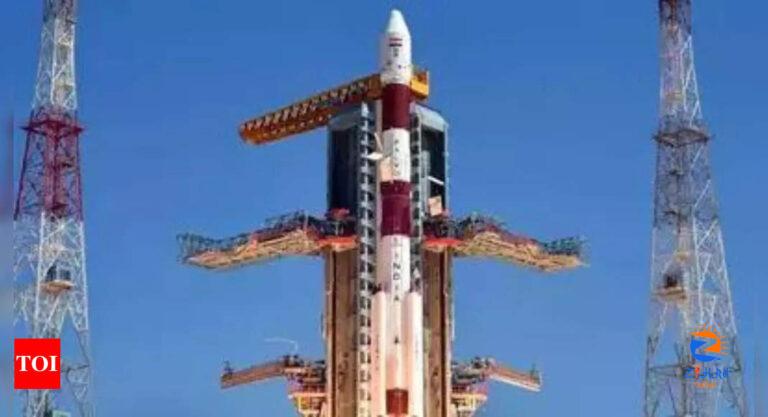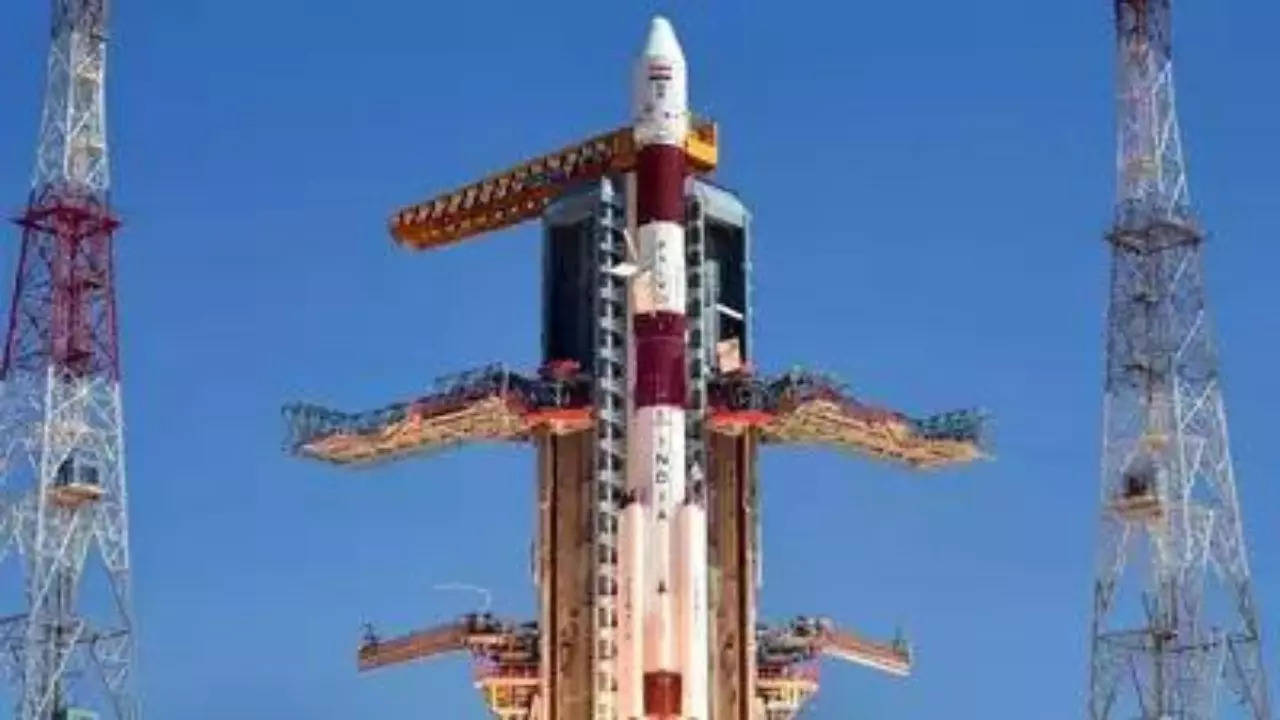
[ad_1]
With ambitious plans for future missions and a commitment to advancing scientific knowledge, ISRO continues to play a pivotal role in expanding India’s space capabilities and contributing to international space endeavours. Here we provide you with a list of missions by ISRO that are etched in history.
Top 6 successful ISRO historic missions
Aryabhata, 1975
Named after the revered Indian astronomer, Aryabhata, the Aryabhata satellite marked India’s pioneering entry into space exploration. Designed, manufactured, and assembled entirely within India, this satellite weighed over 360 kg and was launched on April 19, 1975, aboard a Soviet Kosmos-3M rocket from Volgograd Launch Station in Russia. Aryabhata’s successful mission laid the foundation for India’s subsequent achievements in space technology.
Indian National Satellite System (INSAT) Series, 1983
Launched initially in 1983, the INSAT series revolutionised India’s telecommunications sector. Comprising nine operational communication satellites in Geostationary orbit, the Indian National Satellite (INSAT) system ranks among the largest domestic communication satellite systems in the Asia-Pacific region. With over 200 correspondents, INSAT facilitates television transmission, satellite newsgathering, social applications, weather forecasting, disaster warning, and Search and Rescue operations.
Chandrayaan-1, 2008
India’s maiden mission to the Moon, Chandrayaan-1, launched successfully on October 22, 2008, achieved a significant scientific breakthrough by detecting water molecules on the lunar surface. This mission catapulted India into the league of nations contributing to lunar exploration.
Mars Orbiter Mission (MOM), 2014
India made history with the Mars Orbiter Mission (MOM), also known as Mangalyaan, becoming the first country to reach Mars orbit on its inaugural attempt. Launched on November 5, 2013, by the PSLV-C25 rocket from Sriharikota, MOM placed India among the select few space agencies to achieve this feat. Despite its planned mission duration of six months, MOM continues to orbit Mars, marking seven years as of September 24, 2021.
Chandrayaan-3
Chandrayaan-3 follows India’s Chandrayaan-2 mission and aims to safely land and explore the lunar surface. With successful execution, India joins an elite group of nations, including the US and China, to have accomplished a soft landing on the Moon, specifically targeting the South Pole. This milestone is not only historic for India but also significant on a global scale, reinforcing India’s growing prowess in space exploration.
Aditya-L1 – 2023
Aditya L1, India’s pioneering space mission dedicated to studying the Sun, will be positioned in a halo orbit around Lagrange point 1 (L1) of the Sun-Earth system, approximately 1.5 million km from Earth. Aditya L1’s payloads aim to provide critical insights into phenomena such as coronal heating, coronal mass ejections, pre-flare and flare activities, and the dynamics of space weather, offering invaluable scientific data for studying solar phenomena and their effects on our solar system.
Also Read | NASA’s Parker Solar Probe: The fastest human-made object
[ad_2]
